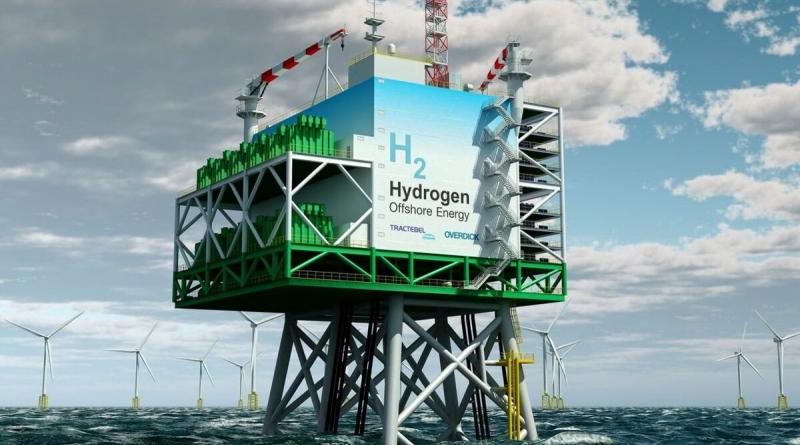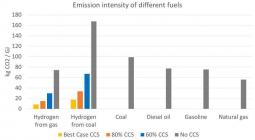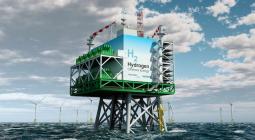Offshore platform would convert wind energy to hydrogen.

Tractebel Engineering and Tractebel Overdick, both part of energy major Engie, have unveiled a power-to-gas offshore platform that would convert wind energy to green hydrogen.
Tractebel Overdick and Tractebel Engineering anticipate the platform could form the basis of an industrial-scale facility for producing green hydrogen.
The companies said the 400-MW wind-to-hydrogen platform is ready to be implemented. Doing so would increase production of green hydrogen that could be used in a number of potential applications, including transport. Using electricity from offshore wind to produce electricity to would also help alleviate congestion in the electricity grid. The hydrogen produced could also be used to store energy and compensate for seasonal fluctuations in output from renewables.
The Engie group companies highlighted that hydrogen is also relatively easy to transport using existing infrastructure such as gas pipelines and storage facilities. It can also be stored on ships and transported worldwide.
As an energy carrier, hydrogen can be used in engines, gas turbines and fuel cells, but can also be used to supplement natural gas, said Tractebel Engineering.
In addition, hydrogen is an important industrial raw material and can replace coke as a CO2-neutral reducing agent in steelmaking.
Tractebel Overdick head of business development Klaas Oltmann said, “In large offshore windfarms in the North Sea and elsewhere there is enormous potential for production of green hydrogen.” He said the new platform contains all of the components needed to produce green hydrogen, including electrolysis units and transformers to transform the electricity supplied by offshore wind turbines, as well as seawater desalination plants, to produce the ultra-pure water needed for electrolysis.
The company acknowledges that, compared to the production of grey hydrogen from fossil fuels, the cost of green hydrogen is currently slightly higher, but Tractebel project engineer Felix Knicker said that, with the economies of scale found in large-scale electrolysis plants, that will change. “This will create opportunities for different technology,” he said.
Tractebel business development manager Dr Hubert Schillings said, “Offshore wind power is the only renewable energy source in Germany with sufficient potential for expansion. Windfarms at sea will be installed further and further from the shore and in greater water depths. This makes constructing grid connections more expensive. With the wind-to-hydrogen offshore platform, we can offer an economically interesting alternative.”
The federal government in Germany is preparing a tender for power-to-gas trials in the North Sea and Baltic. Tractebel believes this provides an opportunity to realise offshore hydrogen production platforms of several hundred MW.
“Investments such as these can be just as interesting for windfarm operators as they are for utilities or industrial companies that use hydrogen in production processes,” Mr Schillings concluded. “We believe it is possible to commission offshore hydrogen platforms from 2025 onwards, but demonstrators could be built before then.”
Interest in the potential of offshore wind and power-to-gas is growing rapidly. The International Energy Agency said the world “has an important opportunity” to tap into green hydrogen produced using electricity from renewables such as wind and solar PV.
A report published in June 2019 analysed hydrogen’s potential and offers guidance on its future development. The report – The Future of Hydrogen: Seizing Today’s Opportunities – found that clean hydrogen is receiving strong support from governments and businesses around the world, with the number of policies and projects expanding rapidly.
An international consortium, the North Sea Wind Power Hub, recently published the results of the assessment phase of a study analysing the feasibility of one or several wind power hubs in the North Sea combining windfarms with interconnectors and power-to-gas.
Earlier in 2019, offshore wind leader Ørsted, ITM Power and Element Energy won funding from the UK Government for a green hydrogen project, the aim of which is to investigate delivering bulk, low-cost and zero-carbon hydrogen.
RWE recently confirmed that, with offshore wind’s potential in mind, it is examining production of green hydrogen in the province of Groningen in the Netherlands.
riviera




